History And Life 200 Years Ago At The Northern Culture Museum, Niigata

The Northern Culture Museum, located near Niigata Station, was built in the home of a former clan that held power in the region during the Edo era. This is a great spot to see classic Japanese architecture and enjoy views of a traditional garden!
What is the Northern Culture Museum?
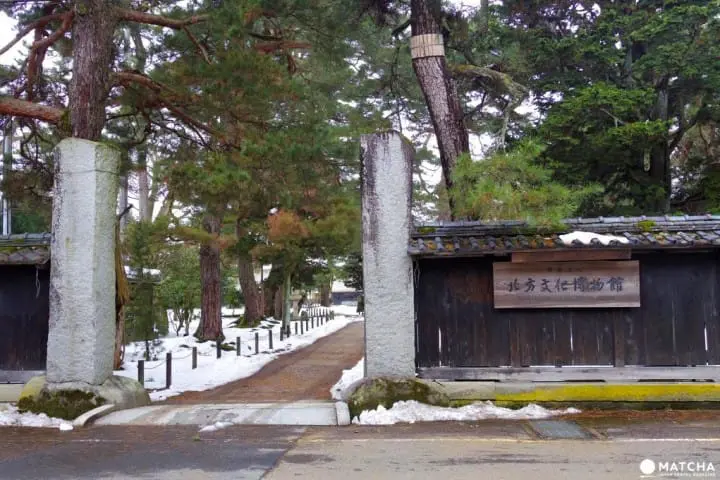
In Niigata prefecture, which is well-known as a major rice producing area in Japan, there used to be a clan called Ito. Originally farmers, they became great landowners in the middle of Edo period, which is about 200 years ago.
The Northern Culture Museum was created in order to pass down historical lifestyles and culture to the present by preserving one of the Ito family residences. Here in this museum, you can get to know and take a look at the life of a great landowner in Japan's past.
Enjoy Japanese Architecture and Stunning Gardens Within This Museum
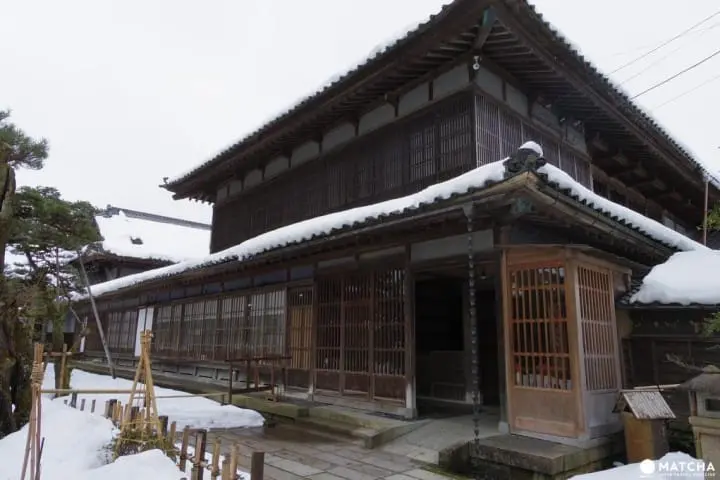
In the Northern Culture Museum, you can find not only the residence but also Japanese style gardens, storage space for rice as well as other traditional houses.
On the first floor of the residence, the hall from which you can enjoy seasonally changing views of the garden, the kitchen and tea room have all been preserved in order to let visitors experience the authentic atmosphere of this house.
The View of the Beautiful Garden
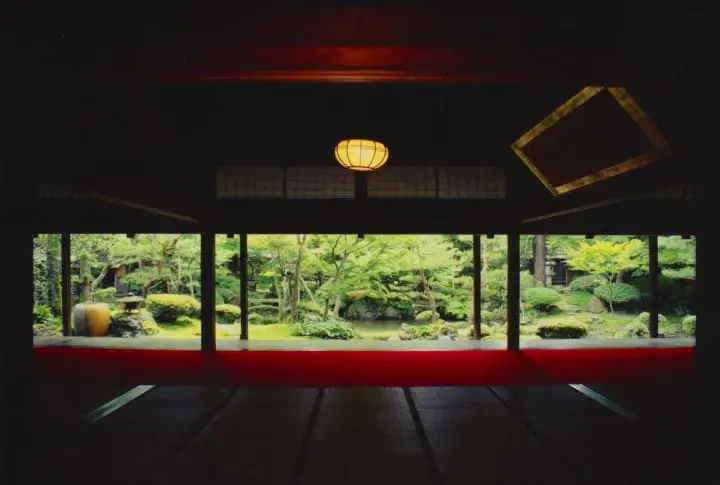
Image courtesy of Northern Culture Museum
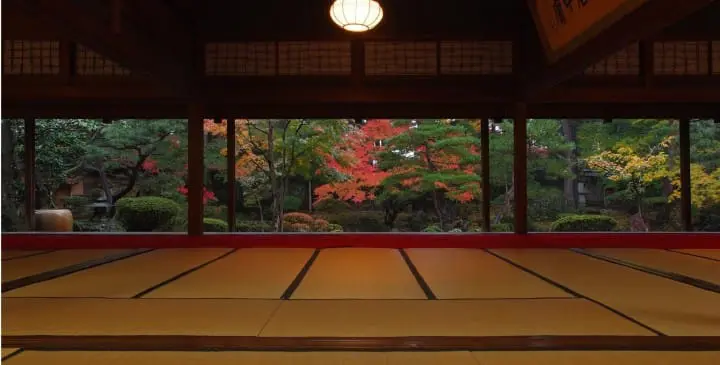
Image courtesy of Northern Culture Museum
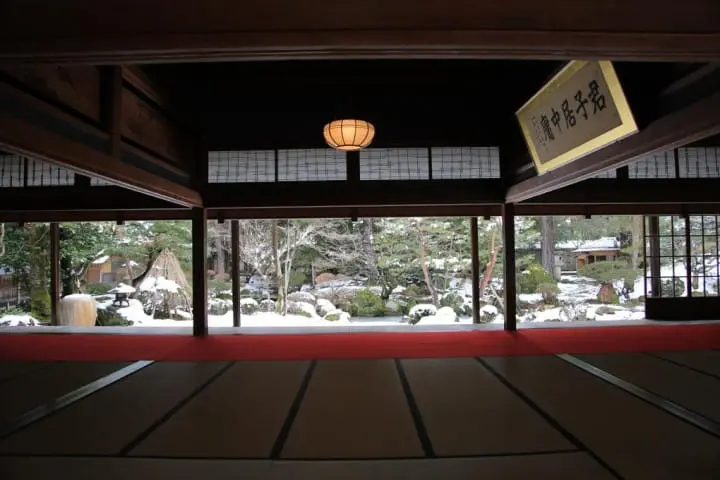
Image courtesy of Northern Culture Museum
The room features tatami mat flooring and overlooks the incredible Japanese garden. This was a special room that was reserved for special events such as weddings and funerals.
From the room, you can feel the beauty of the garden, which changes every season: fresh greens in summer, autumn leaves in autumn and snow views in winter. You will definitely forget the passage of time when you sit within these walls.
A Kitchen Where Meals for 60 People Were Prepared
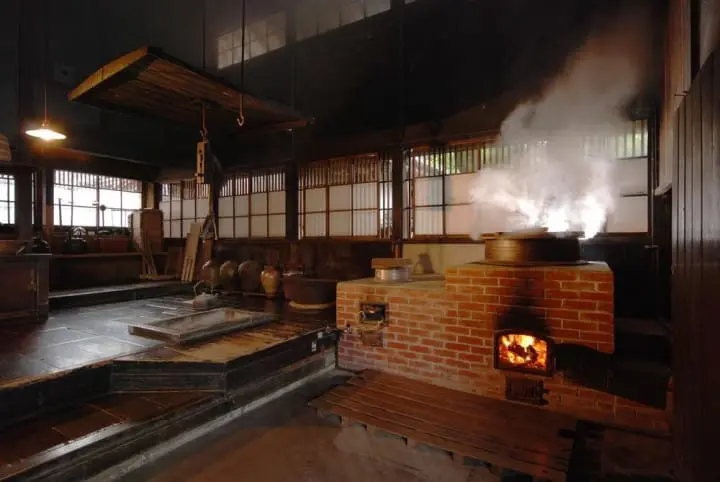
Image courtesy of Northern Culture Museum
There were about 60 people who worked for the Ito clan when they were at the height of their prosperity. With a large cooking stove in the kitchen, it is said that 60 kg of rice were cooked every morning. At that time, gardeners, carpenters as well as maids* were living and working here.
*The maids were women who were live-in household helpers. Daughters of families related to the Ito clan came to work here as part of their domestic training.
A Spacious Living Room for Welcoming Guests
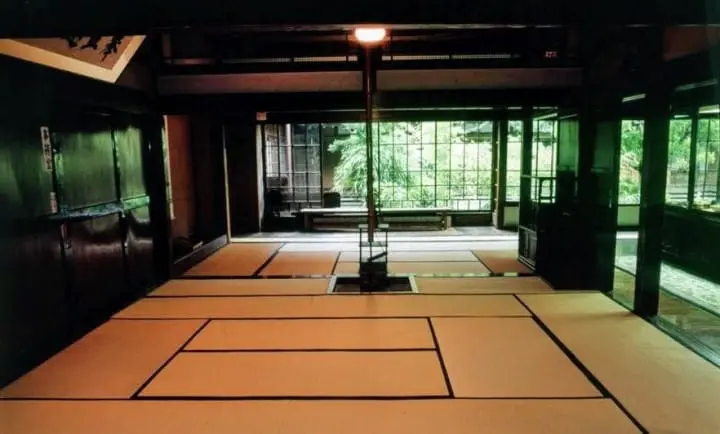
Image courtesy of Northern Culture Museum
This is a living room where the landowner welcomed guests. It covers a space of 27 tatami mats (44.72 square meters) and was used as a tea ceremony hall. In addition to this, there are another four tea rooms within the precincts of the residence.
Wonderful Exhibits on the Second Floor
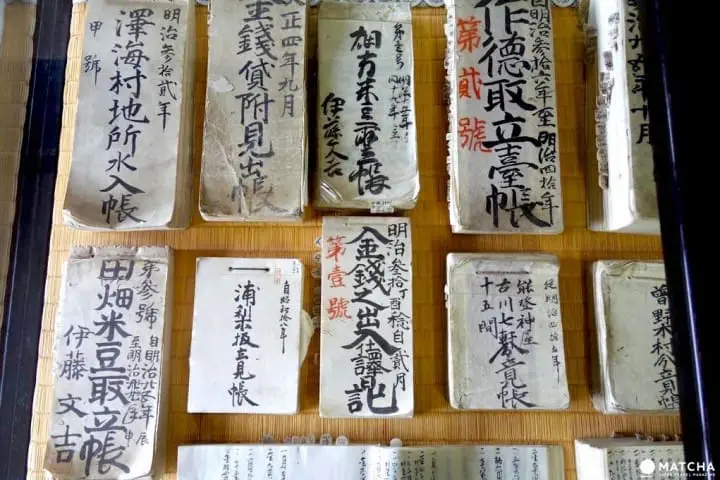
A family tree of the Ito clan as well as registry books on the management of rice and lands are exhibited here. Archeological findings dating back more than 2000 years ago that were dug out of the property and in this area are also on display.
Largest Wisteria Trellis
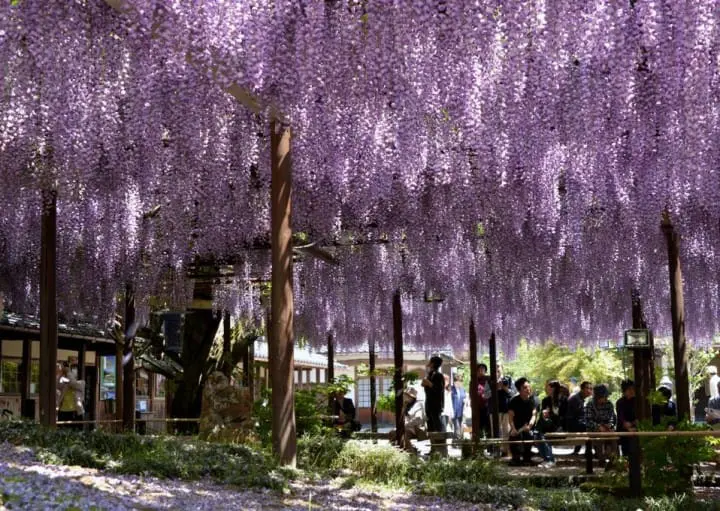
Image courtesy of Northern Culture Museum
In front of the entrance to the residence, there is an outstanding wisteria tree too. It's not common to have this kind of tree in a Japanese residence. There is a light-up event held during the blooming period, which lasts from the end of April until around the beginning of May.
If you keep going ahead from the wisteria trellis, you will find a cafeteria which was built using the former storage space for miso and town houses that have been relocated and reconstructed here. In these spaces, you can learn more about the lives of the farmers of the time, as tools to cultivate rice and even snowshoes are displayed.
Experience Japanese Culture
In the Northern Culture Museum, several programs which allow visitors to experience Japanese traditional culture are held.
Pounding Sticky Rice
In this program, visitors can don a happi coat (a traditional festival jacket), and wield a wooden Japanese mallet as sticky Japanese rice is pounded to make mochi rice cakes. Advance reservations are required for this program. This is a highly recommended course for those who want to try mochi at its absolute freshest - you might be surprised by how different they taste compared to those you buy in stores. This program is only for groups of 10 or more. The participation fee is 800 yen per person.
Wearing Yukata
After putting on a yukata, you can stroll through the Northern Culture Museum grounds. This course may be booked on the day of your visit, and only costs 700 yen per person (with tax). Wearing a yukata, you can go around within the site. It costs 700 yen per person (tax included).
If you are planning on visiting the museum, both of the programs should be booked in advance, by telephone. Phone number: +81-25-385-2001
Directions and Admission
Access
Take the bus from the Bandai exit bus terminal just in front of Niigata Station and get off at then get off at Kamisoumi Hakubutsukan-mae bus stop. The ride takes about 45 minutes. From there, it is a two-minute walk to the museum. If you want to go by taxi, first take the train from Niigata Station to Niitsu Station, then you will only need to take a taxi for about 10 minutes to reach the museum.
Admission Fee
Adults: 800 yen
Elementary school and junior high student: 400 yen (elementary school, junior high student are free on Sundays and public holidays)
Column: Why the Northern Culture Museum was Created

In 1945, after the Second World War ended, GHQ, which occupied Japan planned to build a housing complex in the place where the Ito family residence was. The United States military personnel came and examined its place. However, when the First Lieutenant saw the Ito residence, he felt that this building had cultural value and spoke with the seventh owner of the Ito residence, Ito Bunikichi. After that discussion, he got permission from General MacArthur to open the residence as the private museum.
On the other hand, its name "Northern Culture Museum" came from Nordiska Museet located within the Skansen Open-air Museum, a world-famous ethnographic museum in Sweden. Nordiska Museet literally means Nordic (Northern) Museum and its style of exhibitions is the same; it is a place where people can learn about lives and culture from the past. It was hoped that the Northern Culture Museum would be loved in the same manner as the Nordiska Museet, which is why it was given a similar name.
A museum with a 200-year long history of its own, the Northern Culture Museum is a place where many people lived and worked. If you would like to feel the authentic air of the Edo, Meiji and Showa eras, please pay a visit to this amazing, historical museum.
新潟生まれ。日本文化と古い建物が好きな社会人。日本を、地方を好きになってもらえるような記事を綴っていきたいです。





![[About 3 hours from Tokyo] 5 things to do in Murakami City, Niigata Prefecture](https://resources.matcha-jp.com/resize/720x2000/2023/12/08-155613.webp)


































![[Coupon Available] Attention Overseas Winter Sports Fans! Nagano's Sports Depot Has Evolved](https://resources.matcha-jp.com/resize/720x2000/2026/01/05-254819.webp)
![[2 hours from Tokyo ] 10 Quiet and Breathtaking Views of Mount Fuji in Yamanashi Hokuto City , Yamanashi - Part 2](https://resources.matcha-jp.com/resize/720x2000/2025/12/16-253037.webp)

![[Reopening in March 2026] Ikoma Sanjo Amusement Park Park, 45 minutes from Osaka , with free admission](https://resources.matcha-jp.com/resize/720x2000/2024/08/28-194409.webp)